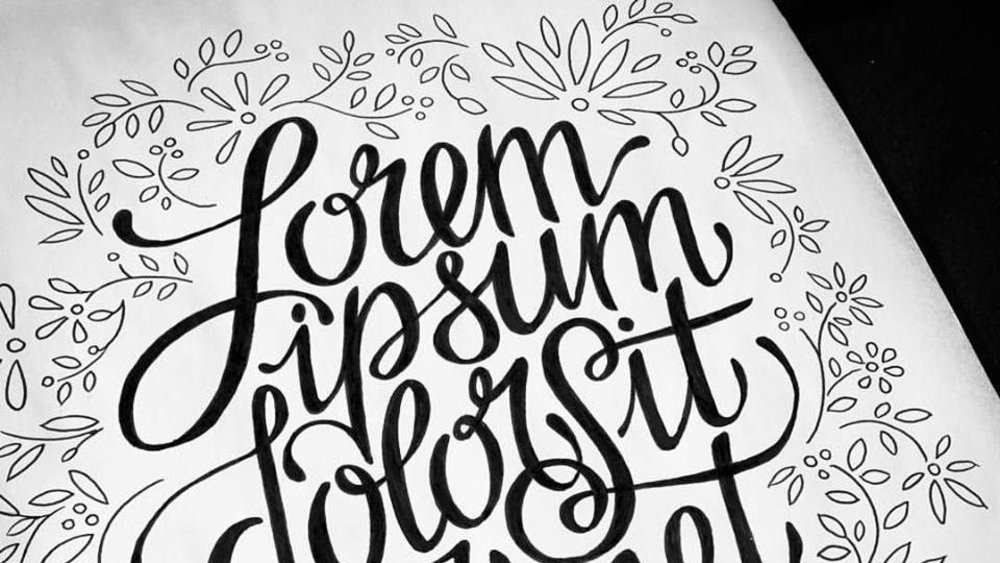Designers and writers: a new conversation for 2019 /
How copywriters and designers can work together to adapt to the era of computer conversation


The creative industries have entered an era of conversation design – an era of voice assistants, chatbots and AI that comes in all shapes and forms. But the two core disciplines that bring these innovations to life, experience design (XD) and copywriting, aren’t communicating with each other in the right way. XDs and copywriters can work harder and much smarter together. Comscore predicts that by 2020 50% of all searches will be made by voice. When something as ubiquitous as search is about to go conversational, we need to stop and take an honest look at how we work to make sure our practices are fit for the future. Here are five key things XDs and writers can do to push things forward in 2019.
Define your own role
A decade ago, most designers were still new to digital. Two decades ago, most humans were new to it. In a short space of time, our industry has reshaped itself and developed new remits. Wireframes and user personas? They belong to experiences designers. Words and stories? They belong to copywriters. “Don’t focus on that, it’s not your role” is what we hear when we try to cross boundaries. But the reality is that these lines are already blurred. When you say “Hey, Alexa” or your smart home greets you with “Good morning” – words have become your experience. And vice versa. Technology is moving fast and the way we work needs to move even faster. You can hone new skills in every single project you work on. Your role has not been defined yet; it’s still a work-in-progress.

Image by Chiara Manzoni, via Flickr
Kill the Lorem Ipsum
“Content first”. It’s being said more and more but are you seeing any genuine change? Everyone agrees, it seems, you can’t design a real experience if it contains no real content. So why are placeholder visuals and blocks of lorem ipsum still the hallmarks of our industry? Why are user journeys designed in the absence of a copywriter, leaving blank gaps where the words will appear later? Think of a chatbot and how the content determines its shape and flow, and you’ll start to see how it will soon be impossible to work this way. Structure can’t dictate content. From now on, structure has to serve content. And that means it must be designed around a narrative. Lorem ipsum is anti-narrative. It replaces story with a vacuum. Kill it.
Start with story
But hang on a minute. What makes a good story? Structure. The best storytelling is diligently designed. Everything they told you in school was true: before you write your essay, you have to carefully plan its outline. It’s what novelists and screenwriters do. It’s what directors do when they make a hit film. Structure hides in the background. You can’t see it but you can feel it, because a well-designed story satisfies your emotions. XD starts with user stories. The better those stories are, the better the design will be. If we collaborate more closely right at the very beginning, with writers adding the narrative sparkle, then we’re more likely to solve real problems for real people – and more likely to entertain them along the way.
Reframe the framework
We’ve fallen into bad habits. And habits are hard to break. Design is not words and words are not design. So they become separate work-streams with different resources and deadlines. Language and experience should be coming closer together, but we continue to keep them apart. When we talk about a brand, we talk about how it looks, feels, speaks and behaves. No one discipline can handle all this alone. To act as one, we have to rethink how we arrange our teams and, more importantly, how we plan our projects. The framework we write and design within is governed by the roadmap for the project. If you feel constrained in your work today, remember this: your constraints were laid down in a statement-of-work several months ago. We need to reframe the process, so we can shape a new future for the work.
Take responsibility
The client wants something groundbreaking. We want something groundbreaking. So we push the boundaries to create a bigger, better experience that’s more intensive, immersive and mind-blowing than ever before. Author Yuval Noah Harari compares today’s big brands to the gods of the ancient world. They can have a colossal impact on every aspect of our lives. When the experience we’ve made enters the real world, it becomes a real, living thing that influences real, living people. We’ve pushed through the interface and tapped into human emotions. But have we made people’s lives better? Have we made them feel better? Never forget the person on the other side of your experience. It’s our responsibility, as XDs and copywriters, to think carefully about the things we create and the long-term effects they might have.
We’ve been putting art directors and copywriters into creative teams since the 1950s. Why do we not have duos of any other kind? Pair a copywriter with an XD and you’ve created a new team for the age of conversation design. They’ll come together quickly to solve user-centric problems. They’ll figure out solutions upfront instead of piecing them together, out of sync, further down the line. And crucially, they’ll do it with a potent mix of story and systems – the skills our two disciplines know best. If you can start taking these next steps now, you’ll be at the forefront of the next big change.
By Russell Norris, head of copy at R/GA London, and Ilya Torgovnikov, senior experience designer at R/GA London.
The Contagious I/O intelligence tool is an inspiration resource, filled with best-in-class commercial creativity and the most important new technologies from across the world. If you would like to find out more about how you can get access to this resource, click here.
Want more of the same? /
We don’t just write about best-in-class campaigns, interviews and trends. Our Members also receive access to briefings, online training, webinars, live events and much more.







